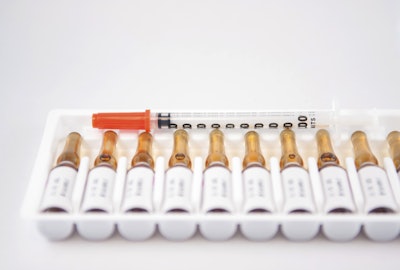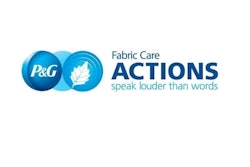Patches, inhaled insulin, an absorbable sponge, surgical mesh, and a coronary stent system are among the examples of combination products approved by and listed on the U.S. FDA’s Office of Combination Products’ website.
Potential confusion from emerging therapies is addressed head-on by the agency in the following statement:
“Combination products are therapeutic and diagnostic products that combine drugs, devices, and/or biological products. FDA expects to receive large numbers of combination products for review as technological advances continue to merge product types and blur the historical lines of separation between FDA’s medical product centers, which are made up of the Center for Biologics Evaluation and Research (CBER), the Center for Drug Evaluation and Research (CDER), and the Center for Devices and Radiological Health (CDRH).
“Because combination products involve components that would normally be regulated under different types of regulatory authorities, and frequently by different FDA Centers, they raise challenging regulatory, policy, and review management challenges. Differences in regulatory pathways for each component can impact the regulatory processes for all aspects of product development and management, including preclinical testing, clinical investigation, marketing applications, manufacturing and quality control, adverse event reporting, promotion and advertising, and post-approval modifications.”
Earlier this year, Drug Development & Delivery ran a story on Human Factors testing alongside clinical trials.
No question, combination products have come a long way. And their clinical use is bound to grow in the years ahead. Projecting the growth of this market, Transparency Market Research (TMR) forecasted that global drug-device combination products would reach US$115.1 billion in 2019. That projected growth would represent a Compound Annual Growth Rate of 7.9% between 2013 and 2019.
TMR’s report is called ““Drug Device Combination Products Market (Drug Eluting Stents, Infusion Pumps, Photosensitizers, Orthopedic Combination Products, Wound Care Combination Products, Inhalers, Transdermal Patches, Intraocular Implants and Drug Eluting Beads)- Global Industry Analysis, Size, Share, Growth, Trends and Forecast, 2013 – 2019.”
In other combination product-related news, Stephen J. Ubl, President and CEO of the Advanced Medical Technology Association (AdvaMed), recently issued the following statement after introduction in the Senate of legislation (S. 1767) to improve the efficiency of FDA’s review process for combination products:
“Combination products—whether device/drug, device/biologic, or drug/biologic—represent some of the most innovative treatment options for American patients. Unfortunately, FDA’s process for determining which of its centers has primary responsibility for reviewing these products, as well as the actual review itself, often lacks predictability and efficiency, delaying patient access to these cutting-edge advancements.”
Resources
From Sept. 30 to Oct. 1 this year, the Combination Product Training Institute will hold a workshop called, “Combination Product CMC Requirements Including Device Extractables and Leachables,” in Philadelphia. Click here for more details.
Another resource is FDA’s Combination Products Guidance Documents page, which provides a series of links to specific documents.
Drilling down, the agency also has a “Guidance for Industry and FDA Staff” draft guidance, “distributed for comment purposes only.”
At this link, the Parenteral Drug Assn. (PDA) offers references to implementation of cGMP requirements and risk management for combination products. In June 2016, PDA will offer an online workshop session on “Current Issues and Challenges in Combination Products.” Visit here for more information.
For additional combination product stories on Healthcare Packaging, visit this link and click on any individual story headline to open the article.



























